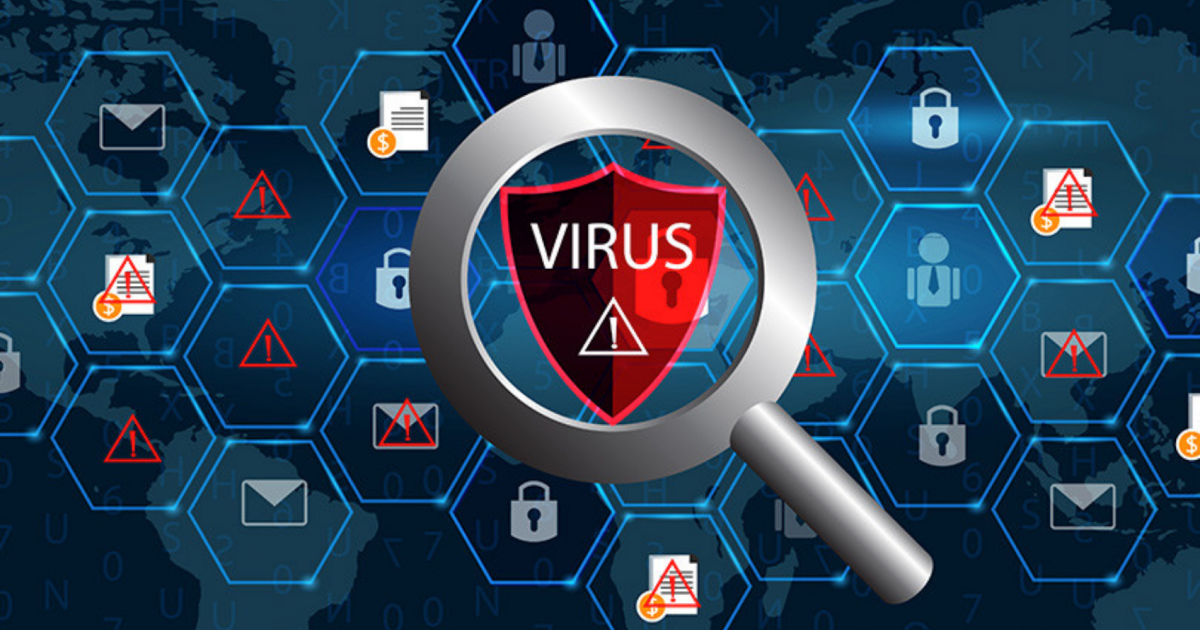How to Combat Malware: Your Ultimate Guide to Effective Anti-Malware
In today’s digital landscape, the battle against malware is ongoing and critical. Malicious software poses significant threats to individuals, businesses, and organizations worldwide. Combatting malware requires a proactive and comprehensive approach, leveraging effective anti-malware strategies. This ultimate guide aims to equip you with actionable steps to combat malware effectively:
Step 1: Understanding Malware
- Malware Types: Educate yourself about various types of malware, including viruses, worms, trojans, ransomware, and spyware. Understanding their behavior and modes of infiltration is crucial.
- Common Entry Points: Identify common entry points for malware, such as phishing emails, unsecure websites, infected downloads, and vulnerable software.
Step 2: Choose Reliable Anti-Malware Tools
- Thorough Research: Conduct thorough research to select reputable anti-malware software. Look for features like real-time protection, behavioral analysis, and regular updates.
- Compatibility and Performance: Ensure the chosen anti-malware solution is compatible with your system and doesn’t significantly impact system performance.
Step 3: Implement Preventive Measures
- Real-Time Protection: Enable real-time scanning and protection features offered by the anti-malware software. This helps in immediate threat detection and containment.
- Heuristic Analysis: Leverage heuristic analysis capabilities to detect unknown threats based on behavioral patterns, offering protection against zero-day attacks.
Step 4: Regular Updates and Scanning
- Update Definitions: Ensure the anti-malware software is regularly updated with the latest malware definitions and security patches. Outdated software is more susceptible to newer threats.
- Scheduled Scans: Set up scheduled scans to routinely check your system for malware. Perform comprehensive scans during off-peak hours to minimize disruption.
Step 5: Safe Online Practices
- Vigilant Browsing: Train users to practice safe browsing habits. Avoid clicking on suspicious links, downloading from untrusted sources, and visiting potentially harmful websites.
- Email Security: Implement robust email security measures, including spam filters and education on recognizing phishing attempts, to prevent malware infiltration via email.
Step 6: Data Backup and Recovery Planning
- Regular Backups: Establish a regular backup routine for critical data. Store backups securely to ensure quick recovery in case of a malware attack.
- Disaster Recovery Plans: Develop detailed disaster recovery plans outlining steps to restore systems and data in the event of a successful malware attack.
Step 7: Continuous Monitoring and Response
- Proactive Monitoring: Continuously monitor network traffic and system logs for any signs of suspicious activities. Implement intrusion detection systems for swift detection.
- Incident Response Plan: Develop a comprehensive incident response plan defining roles and responsibilities to contain and mitigate the impact of a malware attack.
Combating malware demands a multifaceted approach encompassing prevention, preparedness, and response. By implementing the outlined steps and leveraging advanced anti-malware technologies, individuals and organizations can significantly strengthen their defenses against malware threats and protect their digital assets.
